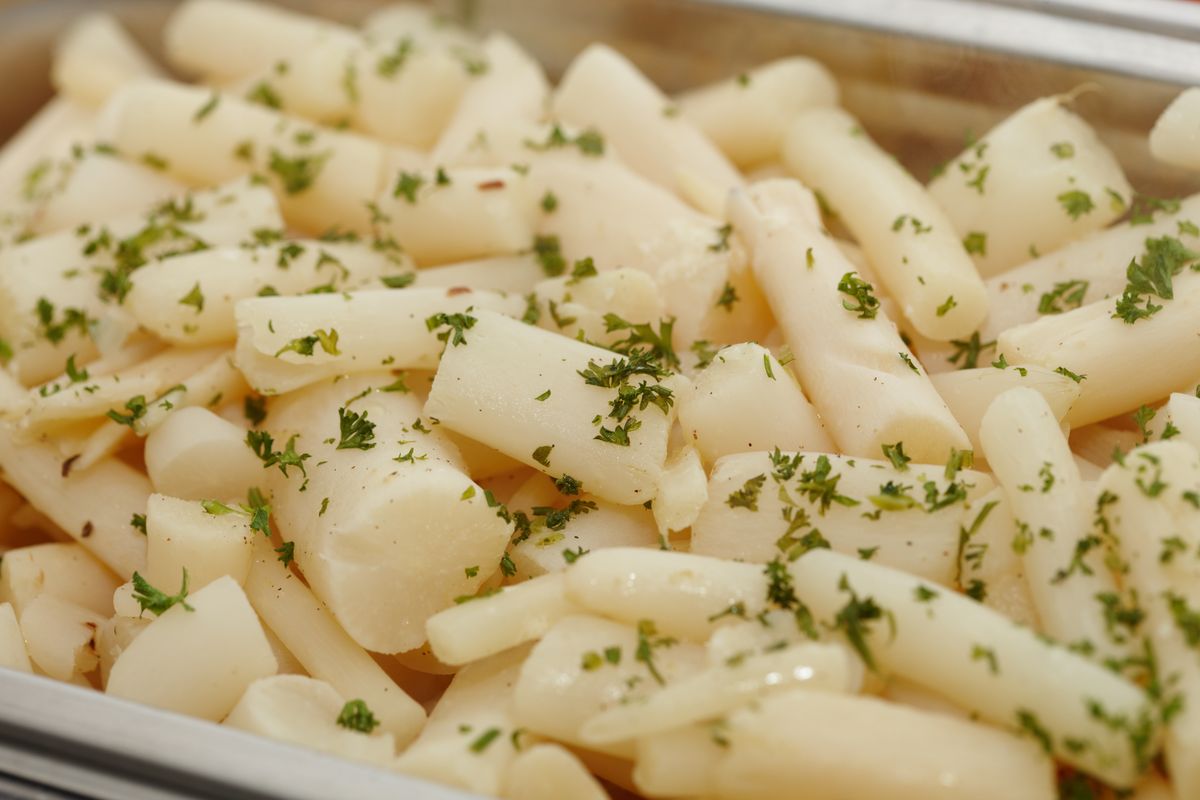
Scorzonera might sound like a spell from a wizard's book, but it's actually a fascinating plant with a rich history and surprising benefits. Known as black salsify or Spanish salsify, this root vegetable has been cherished for centuries. But what makes it so special? Scorzonera is not just any root; it's packed with nutrients, offers unique flavors, and has a variety of uses in traditional medicine. Whether you're a gardening enthusiast, a culinary explorer, or someone curious about nature's hidden gems, learning about Scorzonera will surely pique your interest. Ready to dig into some intriguing facts about this remarkable plant? Let's get started!
Key Takeaways:
- Scorzonera, also known as black salsify, is a root vegetable with a rich history dating back to ancient times. It offers high fiber, vitamins, and inulin, making it a nutritious and low-calorie choice for a healthy diet.
- This unique vegetable is popular in European cuisine and can be eaten raw in salads or cooked in soups and stews. It's also a fun gardening project, taking 120-150 days to mature and harvested in late autumn for peak flavor.
What is Scorzonera?
Scorzonera, often called black salsify or viper's grass, is a root vegetable known for its unique flavor and nutritional benefits. This plant, part of the sunflower family, has been cultivated for centuries. Let's dive into some fascinating facts about this intriguing vegetable.
Historical Background
Scorzonera has a rich history that dates back to ancient times. Its use spans various cultures and civilizations.
- Ancient Greeks and Romans valued scorzonera for its medicinal properties, believing it could counteract snake venom.
- Medieval Europe saw scorzonera used as a remedy for the plague, earning it the nickname "viper's grass."
- 17th-century botanists documented scorzonera's cultivation in European gardens, highlighting its growing popularity.
Nutritional Benefits
This root vegetable is not just a culinary delight but also a powerhouse of nutrients.
- High in fiber, scorzonera aids digestion and promotes gut health.
- Rich in vitamins, particularly vitamin E and B-complex vitamins, it supports overall well-being.
- Contains inulin, a type of prebiotic that helps maintain a healthy gut microbiome.
- Low in calories, making it an excellent choice for weight management.
Culinary Uses
Scorzonera's unique taste and texture make it a versatile ingredient in various dishes.
- Popular in European cuisine, especially in countries like France, Italy, and Germany.
- Can be eaten raw in salads, offering a crunchy texture and slightly sweet flavor.
- Often cooked in soups, stews, and casseroles, where it adds a nutty taste.
- Used as a coffee substitute in some cultures, similar to chicory root.
Growing Scorzonera
Cultivating scorzonera can be a rewarding experience for gardeners.
- Prefers well-drained soil and a sunny location, thriving best in temperate climates.
- Takes about 120-150 days to mature, requiring patience and care.
- Harvested in late autumn, when the roots are at their peak flavor and nutritional value.
Fun Facts
There are some quirky and lesser-known aspects of scorzonera that make it even more interesting.
- Nicknamed "oyster plant" because its cooked roots are said to taste like oysters.
Scorzonera is a fascinating vegetable with a rich history, numerous health benefits, and versatile culinary uses. Whether you're a gardener, a chef, or just a curious eater, there's something about scorzonera to pique your interest.
Final Thoughts on Scorzonera
Scorzonera, often overlooked, packs a punch with its nutritional value and unique taste. This root vegetable, also known as black salsify, offers a rich source of vitamins and minerals, making it a great addition to any diet. Its versatility in the kitchen means you can enjoy it in various dishes, from soups to salads.
Beyond its culinary uses, scorzonera has a fascinating history and a range of health benefits. Whether you're looking to boost your immune system, improve digestion, or simply try something new, this root vegetable has you covered.
So next time you're at the market, don't hesitate to pick up some scorzonera. Your taste buds and body will thank you. Give it a try and see how this humble root can elevate your meals and health.
Frequently Asked Questions
Was this page helpful?
Our commitment to delivering trustworthy and engaging content is at the heart of what we do. Each fact on our site is contributed by real users like you, bringing a wealth of diverse insights and information. To ensure the highest standards of accuracy and reliability, our dedicated editors meticulously review each submission. This process guarantees that the facts we share are not only fascinating but also credible. Trust in our commitment to quality and authenticity as you explore and learn with us.


